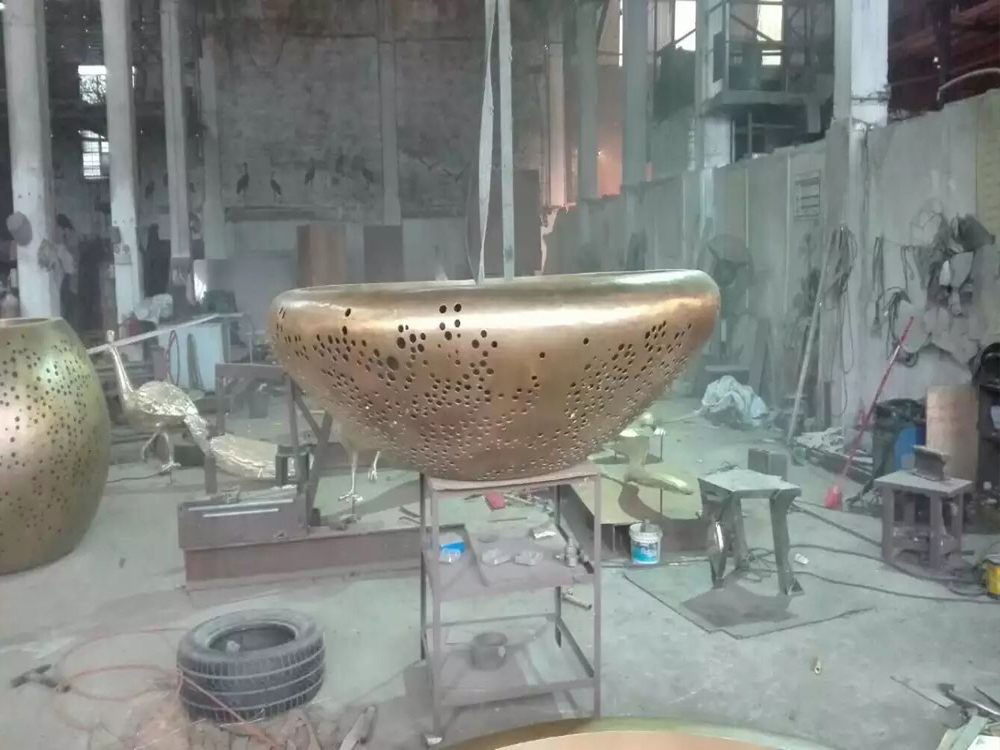
The relationship between a sculpture and its pedestal is a delicate dance of form, function, and aesthetics. Artists employ several techniques to create visual harmony between these elements, transforming them into a cohesive artistic statement.
Material continuity plays a crucial role. Many sculptors choose pedestals crafted from the same or complementary materials as the artwork itself. A bronze sculpture might rest on a patinated bronze base, while a marble piece could be elevated by a matching stone plinth. This material dialogue creates an unbroken visual flow from ground to artwork.
Proportion and scale are equally important. The pedestal's height and width must enhance rather than compete with the sculpture. Classical principles often guide these decisions, with many artists using the golden ratio to determine ideal dimensions. A well-proportioned pedestal makes the sculpture appear to float naturally at eye level, rather than looking awkwardly perched.
Color harmony bridges the two elements effectively. Artists may stain or finish pedestals in tones that either complement or intentionally contrast with the sculpture's palette. A dark pedestal can make a light sculpture appear to glow, while a neutral base allows colorful works to shine without visual competition.
Some contemporary artists break traditional rules by integrating pedestal and sculpture into a single conceptual piece. These unified works challenge viewers to see base and artwork as equally important components of the artistic statement.
Ultimately, successful sculpture-pedestal harmony relies on the artist's ability to make the transition between the two appear inevitable rather than arbitrary. When done well, the pedestal becomes an invisible partner - present but unnoticed, allowing the sculpture to command attention while feeling perfectly at home in its elevated position.

